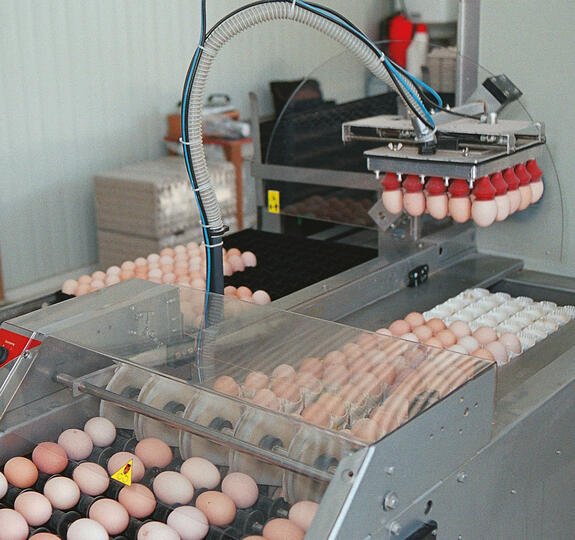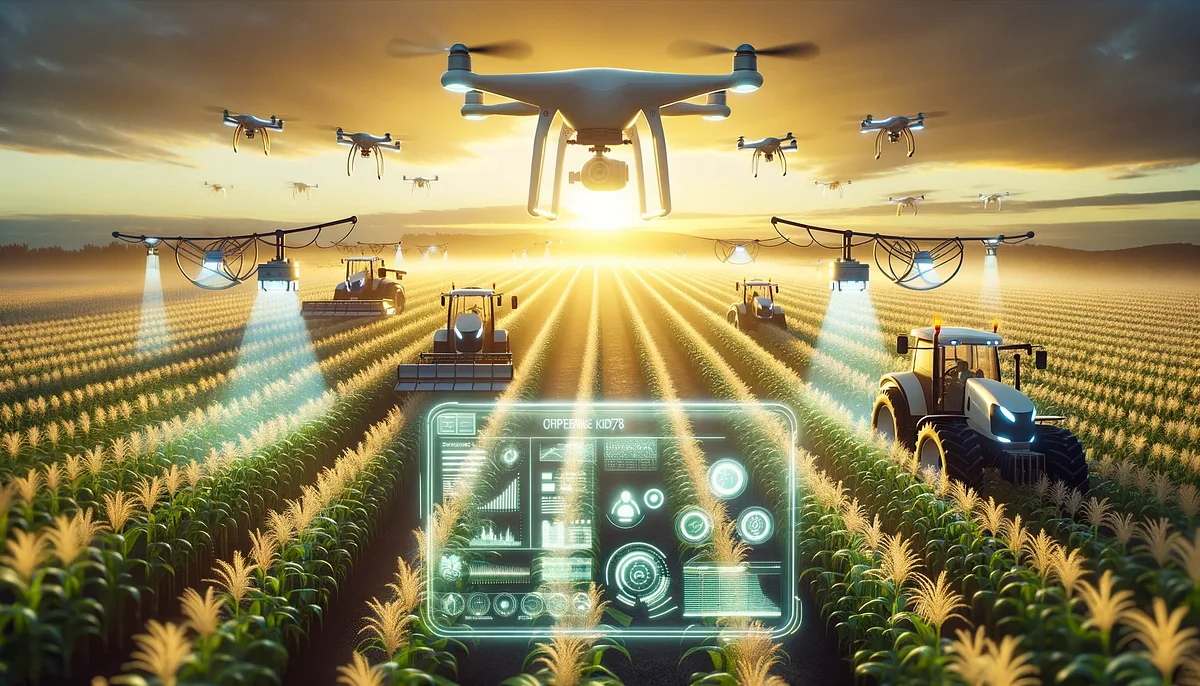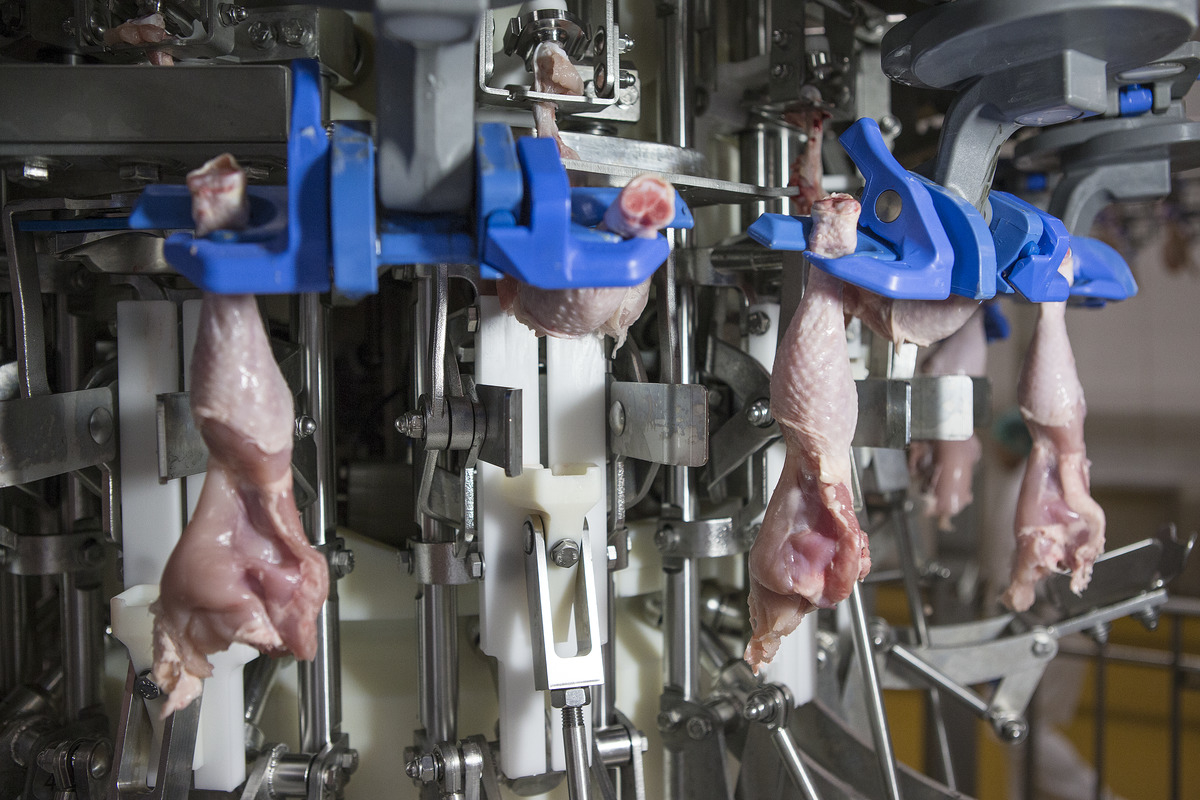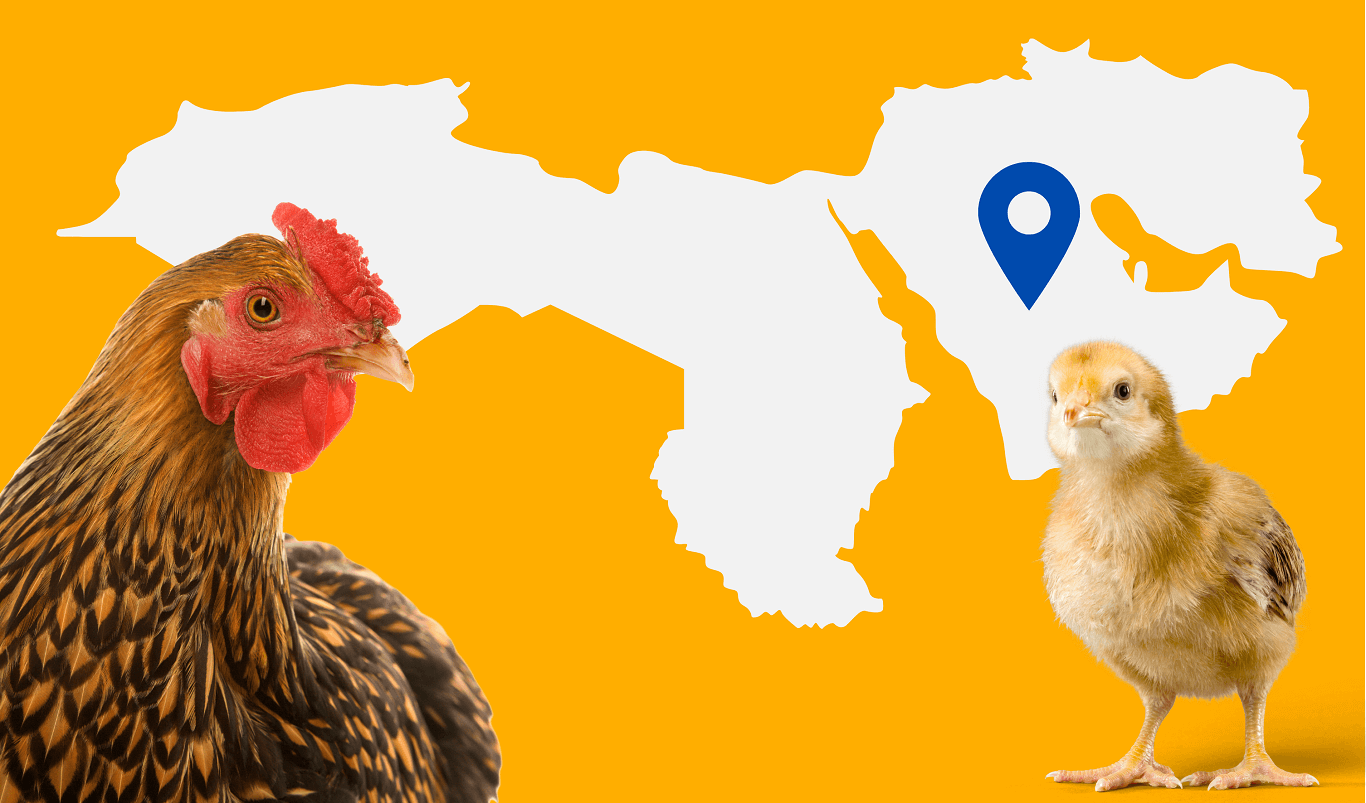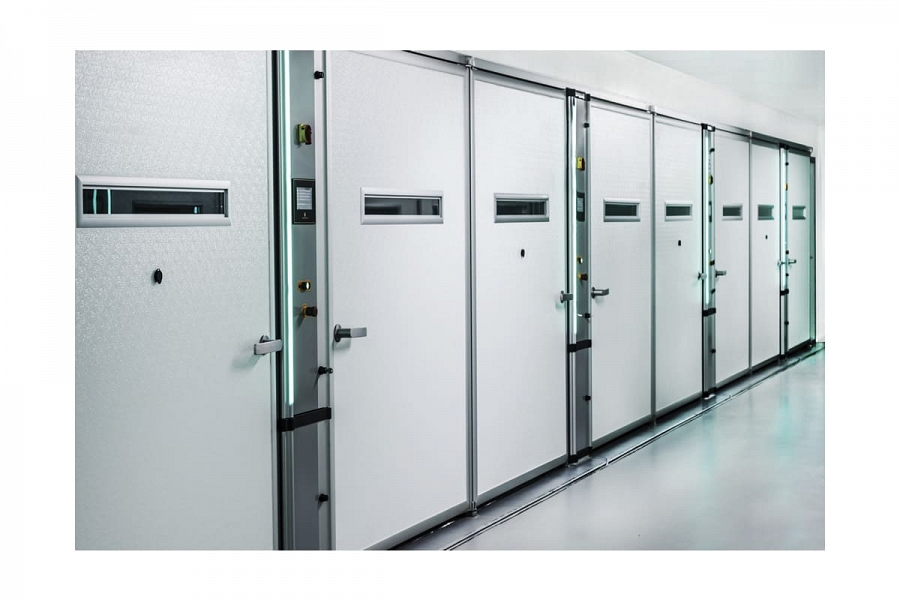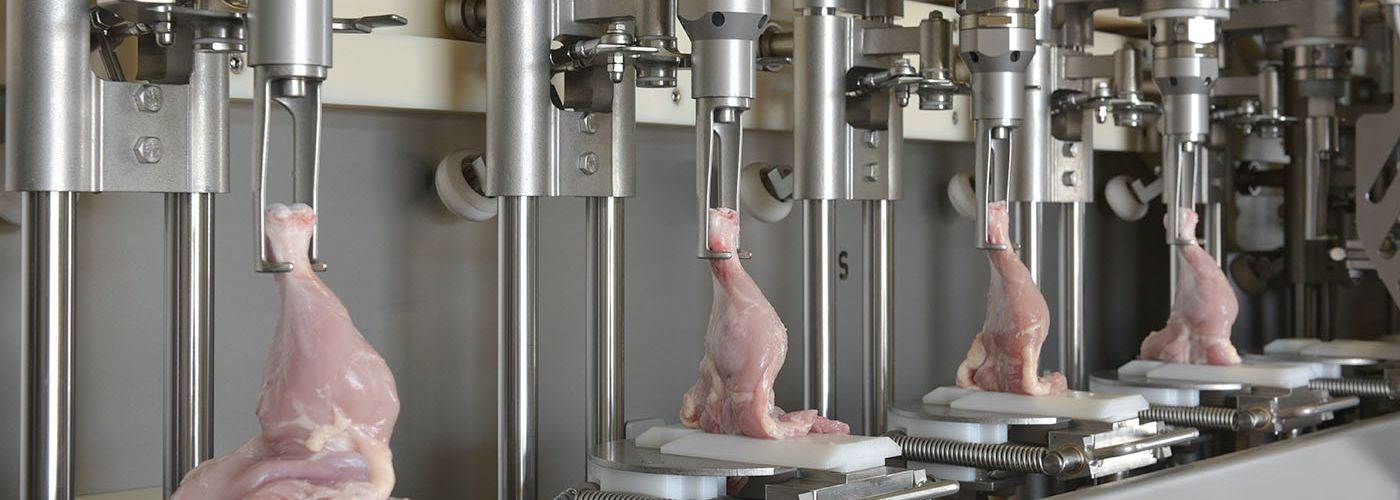Egypt’s New Layer-systems: significant boost to food security
Egypt’s poultry industry has taken a significant step forward with the launch of a major egg production facility designed to produce 70 million table eggs annually. Announced in late 2024, this development underscores Egypt’s ongoing efforts to enhance food security, stabilize domestic egg prices, and reinforce its position as a self-sufficient poultry powerhouse.
A Targeted Boost to Table Egg Production
The facility’s launch was highlighted by Egypt Today in 2024, with Tarek Suleiman, Head of the Livestock and Poultry Development Sector at the Ministry of Agriculture, noting its role in Egypt’s poultry strategy. While exact details like the facility’s location or operator remain undisclosed in public reports, its stated capacity of 70 million table eggs per year is a concrete figure tied to official announcements. This equates to roughly 5.83 million dozen eggs annually (70 million ÷ 12), a substantial addition to Egypt’s existing output.
Egypt’s poultry sector is soaring to new heights with the launch of new government initiatives, the new layer systems and chain of operation introduces a cutting-edge table egg production facility, poised to deliver 70 million eggs annually. Unveiled in late 2024, this initiative is a beacon of hope for a nation grappling with rising food costs, offering a practical solution to stabilize egg prices and enhance food security. For a population exceeding 105 million, where eggs are a vital, affordable protein source, this development is a welcome relief—and here’s why it’s a positive game-changer.
A Win for Accessibility and Affordability
Announced by Egypt Today in 2024, this facility zeroes in on table eggs—those unfertilized gems destined for breakfast tables, not hatcheries. With a capacity of 70 million eggs per year, or about 5.83 million dozen, it’s a significant boost to Egypt’s already robust output of 13 billion table eggs annually, as confirmed by the State Information Service (SIS) in 2018 and reiterated by Tarek Suleiman, Head of the Livestock and Poultry Development Sector, in 2024..
Eggs have become painfully expensive in Egypt, in 2023 Reuters report detailed how currency turmoil doubled feed costs (12,000 to 24,000 EGP per ton), pushing chicken prices from 30 to 90 EGP per kilo and sending egg prices soaring. For many families, this staple protein slipped out of reach. This new facility, part of a 9 billion EGP ($186 million USD) investment wave in 2024, promises to support the market with supply, easing price pressures. It’s a lifeline for Egyptians who’ve been priced out of a basic necessity.
Building on Strength
Egypt’s poultry sector is no lightweight. Employing 2.5 million people and backed by decades of investment—64.5 billion EGP by 2018, per SIS Website—it’s a cornerstone of the economy. The country’s 100% self-sufficiency in table eggs, producing 13 billion yearly, is a point of pride. This new facility doesn’t reinvent the wheel; it polishes it, adding a modest but impactful addition to national output. That increment could mean the difference between scarcity and stability, especially in a market battered by inflation.
Modern Muscle, Local Impact
Though specifics on the facility’s tech are scarce, Egypt’s poultry upgrades offer a glimpse. The FAO’s 2024 partnership with the industry emphasizes biotechnology and efficiency—think automated feeding and climate control, akin to Dakahlia Poultry Co.’s 2019 feed mill (3,000 MT/day, 1.53 feed conversion ratio, per USDA). This facility likely mirrors that modernity, housing 233,000–250,000 layer hens respectively (70 million ÷ 280–300 eggs per hen yearly) in optimized conditions. That’s a lean, mean egg-laying machine, delivering quality and quantity.
The positive ripple effect? Jobs’s, stability and self-sovereignty. The Poultry sector already supports millions, and this project—likely a state-private hybrid—adds to that legacy. It’s not about hatching eggs or exports; it’s about feeding Egyptians first. In a country where food inflation has sparked headlines, this focus on domestic need is a refreshing priority.
Challenges? Sure, But the Upside Shines
Yes, hurdles loom—feed imports still dominate (corn covers <20% of needs, per USDA), and distribution must reach the poorest. But the government’s on it, with 15% feed mill subsidies (Reuters, 2023) and a track record of resilience. This isn’t a fix-all; it’s a strong step. Vision 2030’s goal feels closer with moves like this.
A Cracking Good Move
This 70 million table egg facility is a triumph of practicality and hope. It tackles sky-high egg prices head-on, making eggs affordable again for millions. Built on Egypt’s poultry strengths, it’s a smart, modern boost to a sector that’s a vital part of Egypt’s national food security. For a population stretched thin, it’s more than an investment—it’s a promise of relief, and hope.
